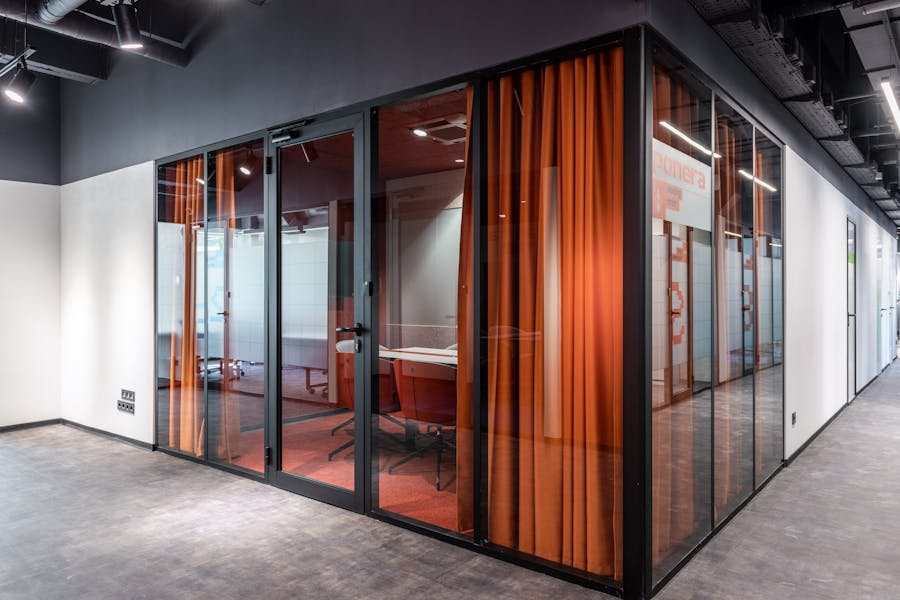
Prisons and detention centers must make inmate security a priority. The furnishings found in these facilities play a role in how safe the environment is. When buying for a center, the procurement team must consider many factors, including the item’s intended use. The following guide looks at items commonly found in prisons and detention centers and the unique features that need consideration when they are purchased.
Common Areas
Inmates come together in common areas. Conflicts between two or more people may lead to a brawl or other issues. All furnishings in the common area must be selected to balance functionality and security. When buying prison tables or chairs, the procurement team needs to look for items made with heavy-duty materials, such as wood or metal. They need to confirm these items can be securely fastened to a floor or wall so the inmates cannot use them to do harm.
Prisoners also come together in the visitor’s area. The facility needs to find functional pieces that are also comfortable for guests even though most visits are of short duration. Tables and chairs in these areas should be easy to clean and durable.
Cell Furnishings
Inmates spend a lot of time in their cells and the furnishings need to hold up with frequent use. Bunk beds are common in these facilities and are often made from steel or other reinforced materials. Durable materials reduce the risk of damage, vandalism, and more. They need to be easy to clean and designed to minimize an inmate’s ability to hide contraband. At the same time, they should offer a basic level of comfort.
Most facilities provide inmates with a desk and chair. When choosing these items for the cells, the procurement team needs to find pieces that can be anchored to the wall or floor. When properly anchored, the desks and chairs cannot be used as weapons.
Staff Areas
Although inmates should not have access to staff areas, facilities need to purchase furnishings for these areas as if they do. While the furnishings look much like those found in other workplaces, special consideration should be given to those pieces that could not be used to do harm if inmates make their way into these restricted areas. However, the pieces also need to be functional and ergonomic so staff members can complete their tasks effectively and comfortably.
Additional Factors To Consider When Making These Purchases
The area where the furnishings will be used is only one thing that the procurement team should consider. They also need to take into account the durability of the items, as they will be available for use 24 hours a day, seven days a week. Prisoners rarely leave the facility, so these items must hold up under harsh conditions. At the same time, the items must be designed to minimize the risk of injury while preventing inmates from using them to hide weapons and other contraband. All pieces must also be easy to clean and maintain, as a detention center must be kept clean to reduce the risk of an illness or infestation spreading.
Detention centers are designed to contain and rehabilitate criminals. Every piece of furniture in these facilities must help keep these individuals safe as they work toward reentering society. When the procurement team purchases items that bring together durability, safety, and functionality, an orderly environment that upholds the prisoners’ dignity and basic human rights is achievable.




















